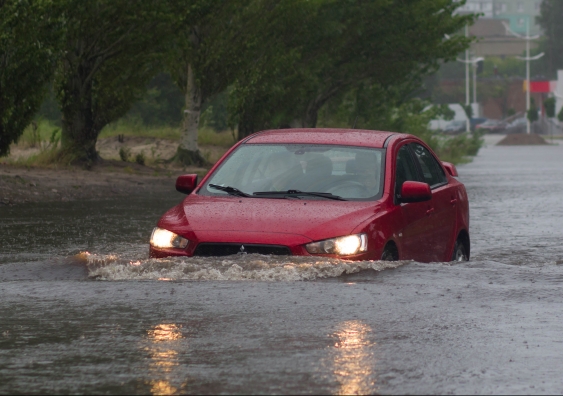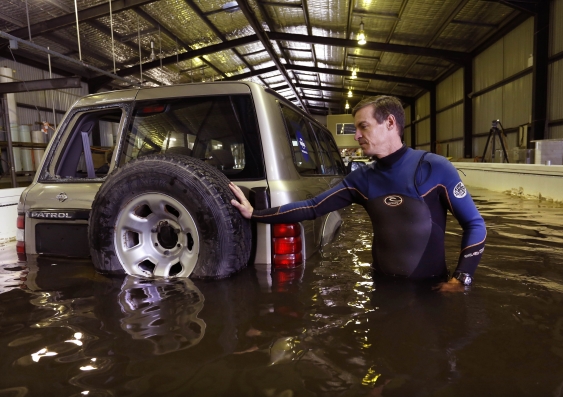How floodwaters can turn cars into death traps
UNSW engineers have demonstrated just how easily cars can be washed away by even the smallest currents – reinforcing warnings that crossing floodwaters is a dangerous and potentially life-threatening thing to do.



